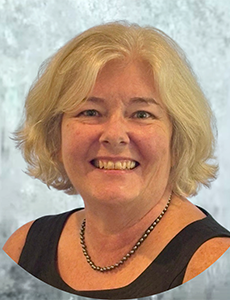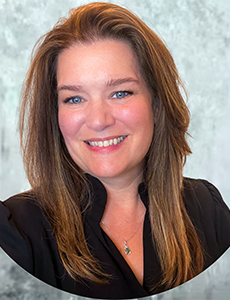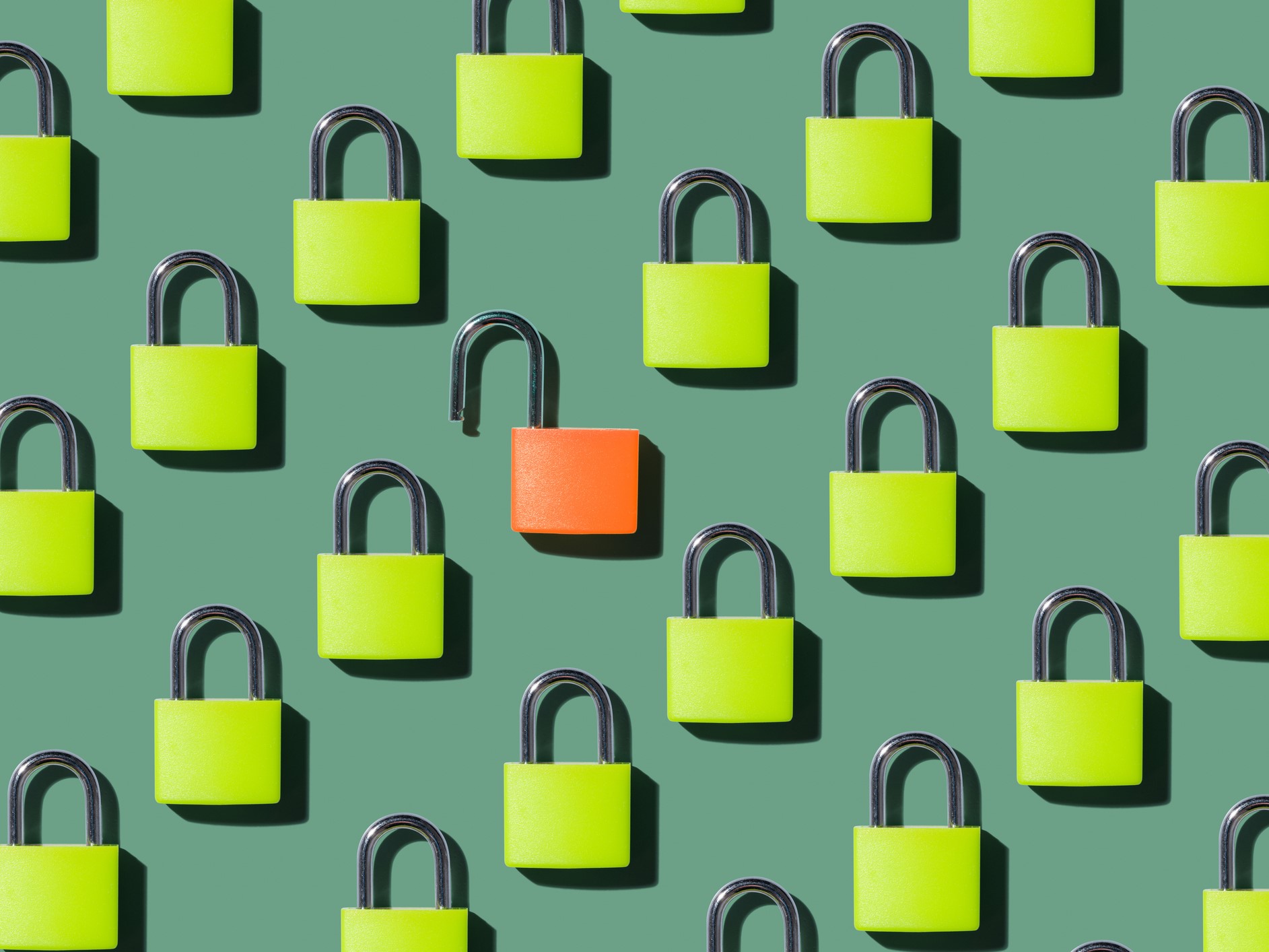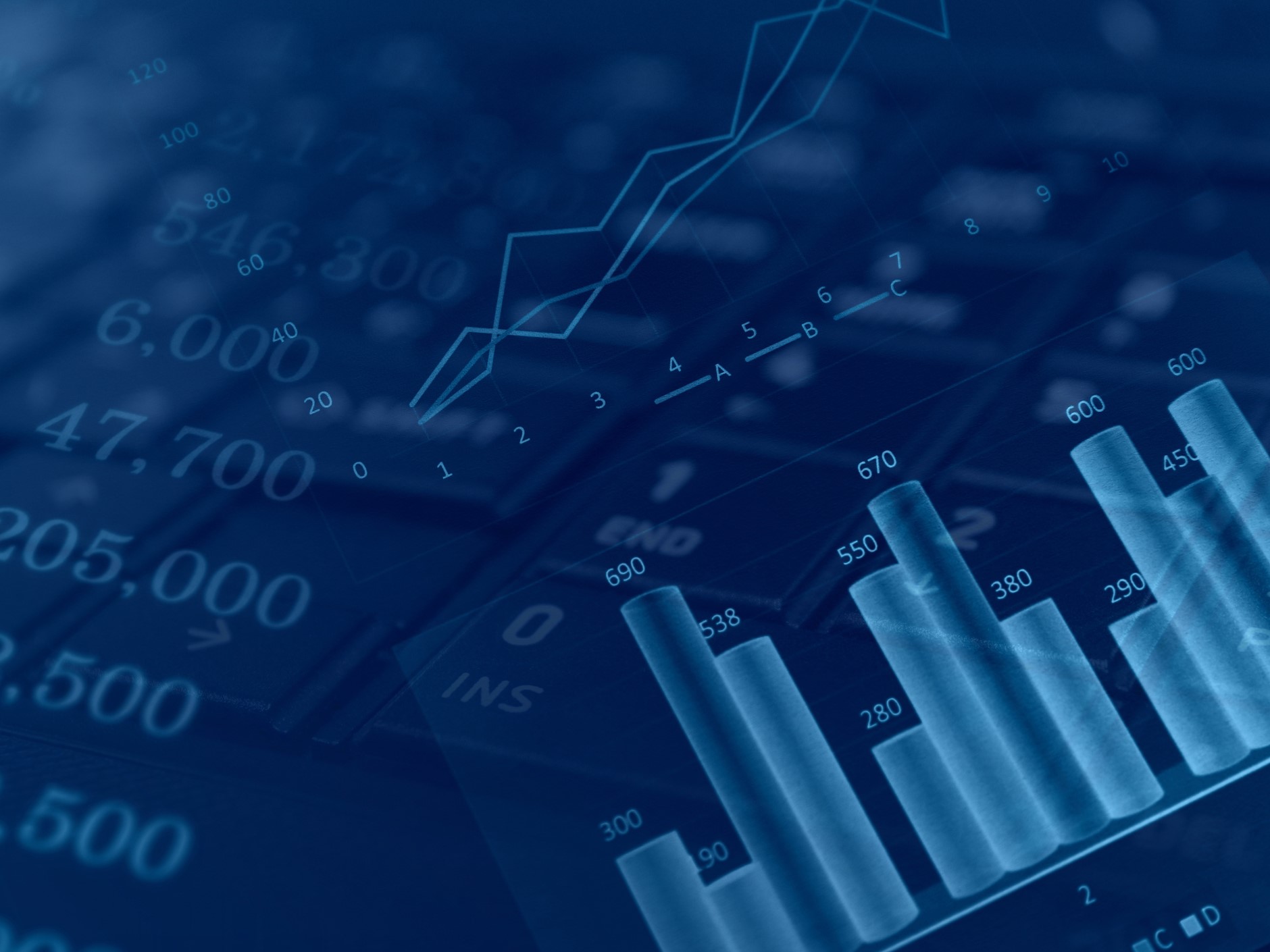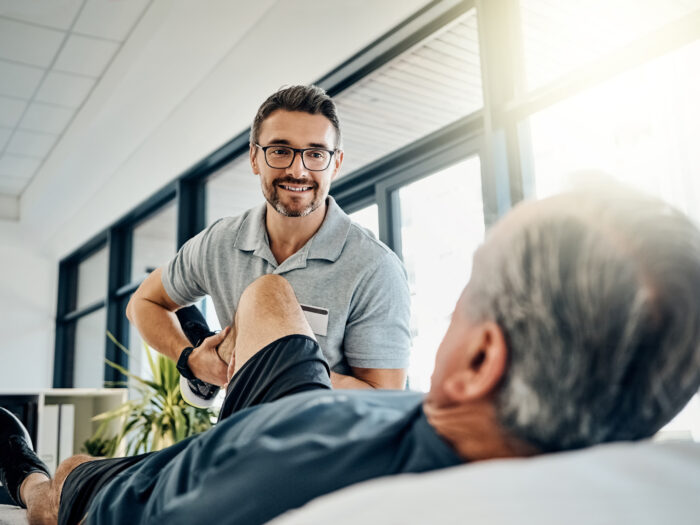ATOM Advantage’s Carol Valentic and Lori Landon Talk to Risk & Insurance
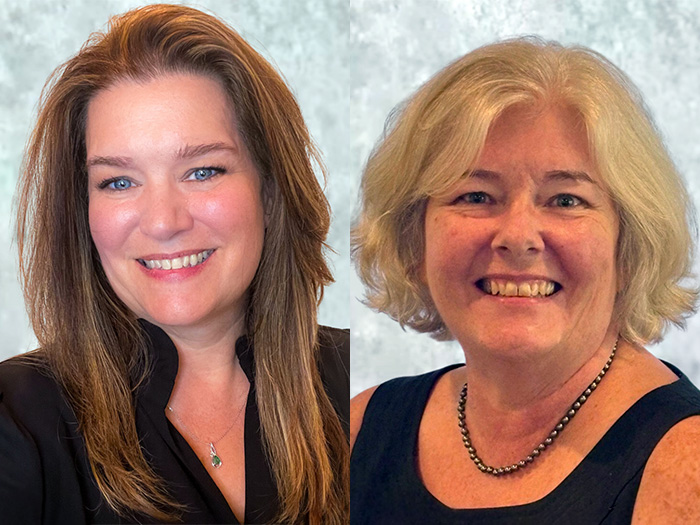
In early June, Dan Reynolds, the editor-in-chief of Risk & Insurance, spoke with Carol Valentic, CEO, and Lori Landon, CPO of ATOM Advantage. What follows is a transcript of that discussion edited for length and clarity.
Risk & Insurance: What inspired you to start ATOM Advantage, and what are the platform’s goals?
Carol Valentic: After spending over 30 years in the workers’ compensation and health care industry, I realized that the injured worker is often left out of the conversation. I believe that very few injured workers start out intending to be fraudulent, but the system encourages it. Good communication and access to accurate information are crucial in preventing fraud.
We started with the goal of better connecting the constituents of a workers’ compensation claim. The result was the ATOM Connect platform, which can be web-based or app-based. It’s a HIPAA-compliant chat platform that engages the injured worker, claims examiner and nurse case manager, and potentially providers if they choose to participate.
The system is closed to meet HIPAA requirements, and it’s trackable, allowing claims examiners to download conversations as part of the permanent claims record. This is in contrast to people using Android and Apple SMS messaging today, which isn’t HIPAA-compliant or documented, and is in my opinion an accident waiting to happen.
R&I: What are the key pain points and gaps in the workers’ compensation ecosystem, particularly in terms of communication?
CV: One major pain point occurs right when a claim is made. There’s a lot of paperwork that needs to be filled out, and most companies rely on mail and email to disseminate that information. However, emailing a completed claims application puts you at risk of a HIPAA violation, as email is not HIPAA-compliant.
The ATOM Connect platform addresses this by allowing you to complete all forms in a closed environment, return them to the claims organization and include a digital signature. This provides a more automated and digital approach to integrating with the injured worker.
The system also includes chat and foreign language conversion, enabling the injured worker to communicate in their primary language, which is then translated to the recipient’s primary language.
Another feature is the ability to load and index medical records into wallets using AI, allowing the injured worker to access and share them with medical professionals in real time. This can help avoid situations where an injured worker undergoes duplicate tests because they don’t have access to previous results.
We also use AI components to summarize medical reports into layman’s terms, as injured workers often are not familiar with medical terminology. This realization led us to expand our footprint into AI, as the tools we were developing had far more implications than just pulling in medical records for a wallet.
R&I: How does your platform use AI to alleviate the workload of adjusters and clinicians, allowing them to focus more on patient care?
CV: We view AI as a tool to help eliminate the frustrating components of professionals’ jobs, rather than just providing insights or outcomes. For example, we are currently using AI to automate the ingestion of utilization review (UR) packets.
This task, which involves separating and understanding medical records, is typically performed by nurses. It is not only expensive but also a part of the job that they find frustrating and time-consuming, as it prevents them from focusing on what they enjoy most: evaluating care against evidence-based medical guidelines.
By automating this process and creating a streamlined workflow, we enhance the data flow between our Record Ranger product — which securely transforms the unstructured data into actionable insights — and our ATOM platform. The more data we ingest, the more insights we can eventually derive, but our primary focus is on using AI to assist professionals rather than generating insights.
Our AI behind Record Ranger is built on over 10 years of refinement and extensive training data. We’ve trained it using a vast dataset with millions of data points. Our customers love the fact that it is advanced enough to accurately differentiate various medical document types and identify pages within files to dynamically extract relevant metadata. This means they get highly accurate and relevant information, significantly reducing the time they spend on manual data processing tasks.
R&I: What measures do you take to ensure the security of your platform and protect patient data, especially considering the sensitive nature of medical conversations?
CV: We have developed our own large language model, which means that data remains on our servers and is not shared with any external AI components or open-source systems. We take data protection very seriously and sign business associate agreements (BAAs) with all our constituents to safeguard their information.
Lori Landon: In addition to being HIPAA-, SOC 2-, HITRUST- and GDPR-compliant, we employ several security measures. All data is encrypted at rest and stored in a private cloud, ensuring that nothing is published to a public cloud. When customers and clients sign in, we validate their access points.
They can be confident that whether they are using our app, accessing our web platform or receiving medical records from us, all documents and interactions are secure.
R&I: How do your models handle the complexity and lack of standardization in health care data, particularly when it comes to decision-making?
LL: The U.S. health care system and health insurance industry have bred a lot of competition, resulting in diverse systems, processes, procedures and a multitude of forms. This complexity is further compounded by the intricacies of the human body and the various ailments we face.
While there is standardization around billing, such as CPT codes and diagnosis codes, this is primarily targeted towards billing rather than decision-making. Our models are designed to handle unstructured data, allowing us to extract the necessary information from various documents.
We have subject matter experts (SMEs) with extensive industry context who work alongside our models. They analyze the documents and present the information in a way that helps clinicians and providers make informed decisions.
R&I: What are the consequences for patients when there is fragmentation in the health and insurance sectors?
LL: Fragmentation in the health and insurance sectors can have significant consequences for patients. The lack of timely access to unstructured data — or even the complete absence of data — hinders clinicians and providers in making informed decisions.
This situation frustrates patients, as they are forced to recreate their entire medical history from memory, potentially omitting crucial details. As Carol mentioned earlier, this can lead to increased costs for the patient.
For example, if a patient’s primary care physician orders an MRI, and the patient then visits a surgeon without access to that information, the surgeon will likely reorder the same services for safety purposes and to cover themselves. This redundancy is extremely frustrating for the patient.
R&I: What is ATOM’s target market, and how does the company differentiate itself within that market?
LL: At ATOM, we work with a diverse range of buyers in the workers’ compensation industry, including ancillary service providers, case management companies, managed care companies, TPAs and HR departments. Each of these stakeholders plays a crucial role in the continuum of care.
However, our primary focus is on empowering the patient. We believe that patients should have control over their own medical records and be able to easily share them with providers as they progress through various treatments. This is extremely important for ensuring a smooth continuum of care.
From personal experience, I know that transferring medical information from one doctor to another can be a time-consuming process, often requiring the signing of multiple forms. This can result in delays, with providers sometimes missing critical patient history by the time of the appointment. Without a complete picture, health care providers may not be able to make fully informed decisions about a patient’s care.
R&I: How does an injured worker interact with your system once their claim has been filed with the TPA?
CV: Once a claim is filed, we create a digital wallet for the injured worker. The customer decides whether they want the injured worker to access it via the web or a mobile app.
If it’s an app, the injured worker receives an email with instructions on how to download it from the Android or Apple Store. They are given a login and temporary password, which they can change to something private when they first log in. They also set up preferences like language.
The app comes pre-loaded with tools including the ability to link to their medical record repository and pull in any records related to that claim. The injured worker can text their adjuster directly through the app, and later their case manager once one is assigned.
This is much more convenient than trying to reach an adjuster by phone or email during the day, which is often difficult. The app provides an easier, more accessible communication channel for the injured worker.
R&I: How does your platform enable communication between various parties involved in a workers’ compensation claim while maintaining privacy?
LL: Our platform is designed to facilitate communication between all parties involved in a workers’ compensation claim, including the injured worker, adjuster, HR and case manager. It is built on a multi-tenant architecture, allowing us to integrate different user roles seamlessly.
Each conversation is set up as a private, one-on-one, encrypted discussion between the injured worker and the specific party they are communicating with. The injured worker has control over their privacy settings and can choose what information they want to share with each party.
Once the claim is closed, the injured worker retains access to the application and all their medical records. This enables them to easily share relevant information with future providers if needed.
R&I: What are the key features of the wallet that ensure privacy for the customer?
CV: The wallet is truly owned by the patient, and there’s no way for an adjuster to access or view other conversations within it. This ensures that the customer’s privacy is maintained, and their interactions remain confidential.
The wallet is designed to be a secure, personal space for the customer. By restricting access to the customer alone, it guarantees that their information and conversations are kept private and protected from unauthorized viewing.
R&I: How long has ATOM Advantage been in production?
CV: We formed our company in August of 2022 and recently went into production with both our Record Ranger and our ATOM Connect platform at the end of Q1 2024.
The development process took over a year from the company’s formation to the launch of our products. This timeline allowed us to carefully design, test and refine our offerings to ensure they met the highest standards of quality and performance.
Our team worked diligently to bring ATOM Connect and Record Ranger to market as efficiently as possible without compromising on the robustness and reliability of the platforms.
R&I: What feedback have you received from providers or injured workers about the new process for sharing diagnostic information like X-rays?
CV: We are receiving excellent feedback about the new process. One doctor’s comment in particular stood out to me. He mentioned that this would be a great way to share X-rays, as there currently isn’t an effective method for doing so.
In the past, X-rays were printed, but that practice has been discontinued. More recently, CDs were used, but few people have CD devices anymore. We are now discussing with this provider the possibility of setting up our system as a means for him to share X-rays or other diagnostic materials.
While the feedback has been overwhelmingly positive, nearly every conversation ends with the question, “Do you think you could do this too?” It’s clear that there is a significant demand for improved diagnostic information-sharing in the health care industry.
R&I: What additional features are you building into your platform to enhance the injured worker’s experience?
CV: We’re building a treatment calendar that would automatically send push notifications to the injured worker, ensuring they are aware of their appointments and don’t miss them. This is one of the tool add-ons we’re looking to incorporate.
Another feature in development is a provider access tool. Similar to how you can find a participating provider through your health insurance portal, we will offer injured workers the ability to look up their workers’ compensation PPO and find a suitable provider. This would provide them with the same level of care and convenience they experience with their group health insurance.
R&I: As the workforce ages and technology advances, are there challenges for older employees in utilizing the available technology and data? Additionally, how does employee training factor into this?
LL: When building our solutions, we present information to users in an intuitive way. Our platforms are user-friendly and accessible to individuals of all ages.
And because it is agnostic, it can seamlessly integrate with all systems. It is multilingual, allowing users on all sides to choose their preferred language, which is then translated back and forth, breaking down communication barriers. Importantly, it does not require any training from our clients, ensuring ease of use for all employees, regardless of age or technical proficiency.
R&I: What are the key considerations when building products to ensure client confidence in data security and accessibility?
LL: Firstly, we make sure that all our information is organized and indexed in a manner that allows us to make it immediately available to clients.
Secondly, we store all data on a private cloud, providing clients with the assurance of robust security measures surrounding their information.
Lastly, we emphasize the speed of access, ensuring that clients can quickly and easily retrieve the data they need. These considerations are at the forefront of any product development process we undertake, as maintaining client trust and confidence is paramount to our success.
R&I: What are your thoughts on what the industry needs to do to better support injured employees and truly advocate for them?
CV: Advocating for injured workers starts with sharing information. As a former case manager, I understand the fear and uncertainty that comes with experiencing an injury, such as not knowing when you’ll receive your first payment or how to see a doctor. Our platform can alleviate these concerns by providing relevant information and resources.
We can share self-care instructions and educate injured workers about their specific injuries using resources like the ODG. This gives them a sense of what to expect throughout their recovery process. It’s crucial to provide them with the best information available, rather than leaving them to rely on potentially inaccurate advice from others.
Treating injured workers with respect is also essential. This means responding promptly to their questions and helping them navigate the challenges of their injury. By giving them as much information as we have and supporting them throughout the process, we can truly advocate for their wellbeing.
LL: By empowering injured workers with information and involving them in their care, we can reduce their frustration and the likelihood of them seeking legal representation. When patients feel taken care of and have a say in their treatment, they are more likely to take control of their recovery, leading to better outcomes.
Unfortunately, the injured worker is often the last person brought to the table, if at all. Our primary focus is to change this by empowering them and making them an integral part of the process.
R&I: How do you see AI technology impacting jobs in the future, and what role does it play in supporting professionals?
CV: I strongly believe that AI is an incredible support tool for our jobs. While it may replace some jobs, particularly those involving manual, offshore clerical work, its primary purpose is to support nurses, claims examiners and other professionals.
If we don’t utilize AI to alleviate the burden of certain tasks, we risk high burnout and turnover rates among professionals. Having run managed care operations, I’ve seen firsthand how easily nurses can become overwhelmed and frustrated by tasks like sifting through hundreds of pages of documents, half of which may be duplicates, on a PDF Adobe screen. This is not the work they went to college for.
LL: Absolutely. AI is not meant to replace professionals but rather to direct them to the most important information. For example, if a nurse receives 50 pages of medical records, AI can highlight the most critical parts, helping them work more efficiently.
It’s important to differentiate our AI from others in the industry. Many companies claim to have AI, but often it’s just automation of repetitive tasks. True AI and machine learning require adapting to new problems and circumstances, learning from them, and presenting that information to individuals to help them make better decisions.
At our company, we understand the shortcomings and nuances of AI. We have developed our own closed-source AI machine learning models, establishing them with the necessary data provided by our industry experts. We give professionals the data they really need, pointing out the objective and assessment in a medical record, and providing them with the necessary information to make informed decisions. This is what sets us apart.
R&I: What is your approach to working with clients on AI solutions?
LL: When it comes to AI, we don’t simply ask our clients what AI solution they want. Instead, we engage with them to understand the problems they are trying to solve. Based on that, we create custom solutions tailored to their specific needs.
Client feedback is critical to us. If a client requests an enhancement that can benefit our entire book of business, we incorporate it into our platform for all clients. Our approach to working with clients is extremely important, as we strive to customize solutions to their unique requirements rather than offering a one-size-fits-all platform.
R&I: Can you describe the culture at your company, and how it contributes to your success in a competitive landscape?
CV: I am incredibly proud of the team we have built and the culture we have created in our company. It is a culture where everyone, from myself to our QA representatives who train the system, is excited about what we are doing and how we are changing things.
This excitement permeates throughout the organization. I wake up every day eager to attack the day and cannot wait to get to work. I believe this is a crucial distinction that sets us apart in the competitive landscape.
Our shared enthusiasm and passion for our mission drive us forward. It fuels our innovation, our dedication and our determination to make a difference in our industry. This culture of excitement and purpose is a key factor in our success and gives us a unique advantage over our competitors. &

